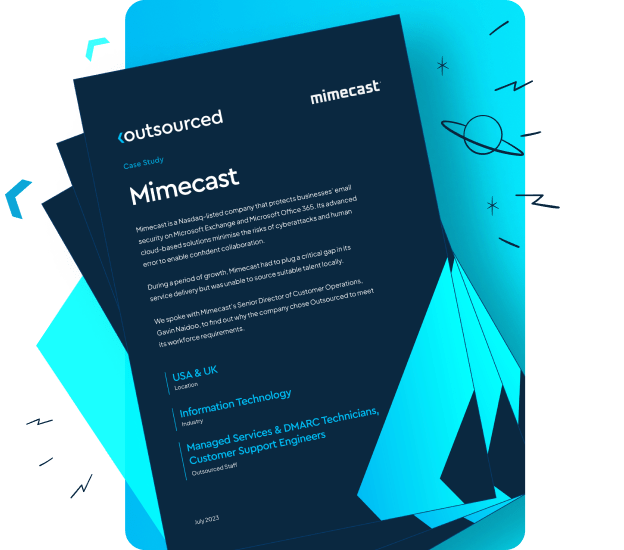By clicking on the "Subscribe" button I hereby allow Outsourced Quality Assured Services, Inc. ("Outsourced") to store and collect my personal information for the purposes of this inquiry. As such, I agree and authorize Outsourced to collect, store, or continue to use my personal information for the above-stated purpose, and to retain my personal information for a period of not more than one (1) year, and for these purposes only.
- Why outsourced
-
-
-
Recruitment. Facilities. HR
Hire full time, dedicated staff for your business
We are your offshore recruitment partner. We find, you hire, we manage.
-
-
-
-
- Industries
-
-
-
Large and small teams
Dedicated teams with experience across every industry
Highly skilled, English speaking, qualified talent to build your team
-
-
-
-
-
- Roles
-
-
-
Large and small teams
World class talent for any role
Highly skilled, English speaking, qualified talent to build your team
-
-
-
-
-
- How it works
-
-
-
We make it simple
Build your team from the top 1% of talent.
Our unique recruitment process has been paramount to our offshore staffing success and how we’ve become a leading Philippines Staff Outsourcing provider.
-
-
-
-
-
- About us
-
-
-
Recruitment. Facilities. HR
The team behind your quality offshore staffing
We are your offshore recruitment partner. We find, you hire, we manage.
-
-
-
-
-
- Team builder
- Contact us
- Why outsourced
-
-
-
Hire full time, dedicated staff for your business
We are your offshore recruitment partner. We find, you hire, we manage.
-
-
-
- Industries
-
-
-
Dedicated teams with experience across every industry
Highly skilled, English speaking, qualified talent to build your team
-
-
-
- Roles
-
-
-
World class talent for any role
Highly skilled, English speaking, qualified talent to build your team
-
-
-
- How it works
-
-
-
Build your team from the top 1% of talent.
Our unique recruitment process has been paramount to our offshore staffing success and how we’ve become a leading Philippines Staff Outsourcing provider.
-
-
-
- About us
-
-
-
The team behind your quality offshore staffing
We are your offshore recruitment partner. We find, you hire, we manage.
-
-
-
-
- Team builder
- Contact us










